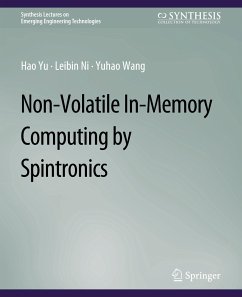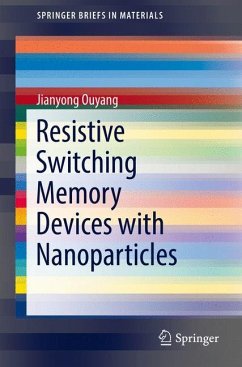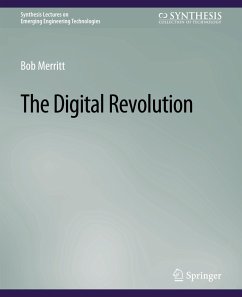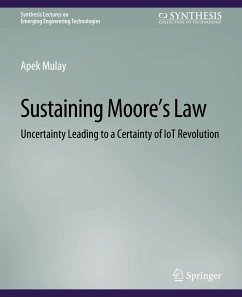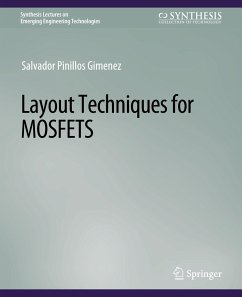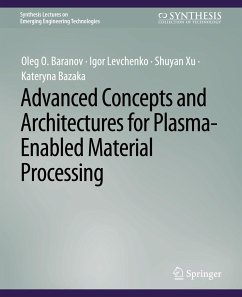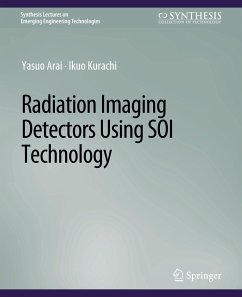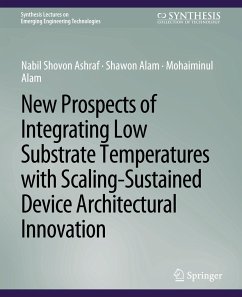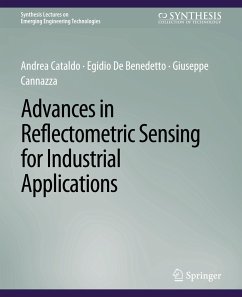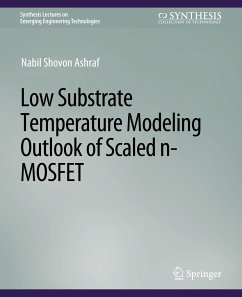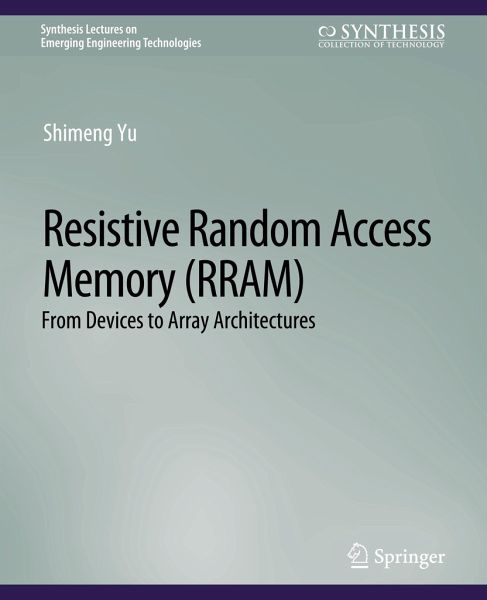
Resistive Random Access Memory (RRAM)

PAYBACK Punkte
0 °P sammeln!
RRAM technology has made significant progress in the past decade as a competitive candidate for the next generation non-volatile memory (NVM). This lecture is a comprehensive tutorial of metal oxide-based RRAM technology from device fabrication to array architecture design. State-of-the-art RRAM device performances, characterization, and modeling techniques are summarized, and the design considerations of the RRAM integration to large-scale array with peripheral circuits are discussed. Chapter 2 introduces the RRAM device fabrication techniques and methods to eliminate the forming process, and...
RRAM technology has made significant progress in the past decade as a competitive candidate for the next generation non-volatile memory (NVM). This lecture is a comprehensive tutorial of metal oxide-based RRAM technology from device fabrication to array architecture design. State-of-the-art RRAM device performances, characterization, and modeling techniques are summarized, and the design considerations of the RRAM integration to large-scale array with peripheral circuits are discussed. Chapter 2 introduces the RRAM device fabrication techniques and methods to eliminate the forming process, and will show its scalability down to sub-10 nm regime. Then the device performances such as programming speed, variability control, and multi-level operation are presented, and finally the reliability issues such as cycling endurance and data retention are discussed. Chapter 3 discusses the RRAM physical mechanism, and the materials characterization techniques to observe the conductive filaments andthe electrical characterization techniques to study the electronic conduction processes. It also presents the numerical device modeling techniques for simulating the evolution of the conductive filaments as well as the compact device modeling techniques for circuit-level design. Chapter 4 discusses the two common RRAM array architectures for large-scale integration: one-transistor-one-resistor (1T1R) and cross-point architecture with selector. The write/read schemes are presented and the peripheral circuitry design considerations are discussed. Finally, a 3D integration approach is introduced for building ultra-high density RRAM array. Chapter 5 is a brief summary and will give an outlook for RRAM's potential novel applications beyond the NVM applications.





